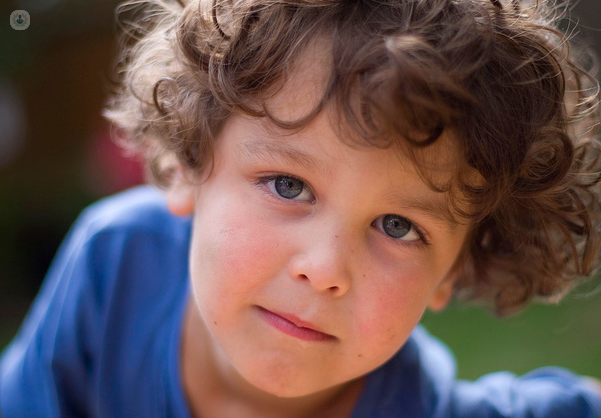Children dysphonia or hoarseness
Written by: Child dysphonia is usually a minor condition without tendency to complicate. The most typical case is that of the child who after a session of sport, a birthday party, a trip, etc., come home with hoarseness or loss of voice.
Child dysphonia is usually a minor condition without tendency to complicate. The most typical case is that of the child who after a session of sport, a birthday party, a trip, etc., come home with hoarseness or loss of voice.
Most of the time, recovers dysphonia vocal rest. It is interesting to note that in the case of children, vocal nodules usually disappear after puberty, due to the appearance of the Adam's apple.
This is a secondary sexual character and is based on the extension of the larynx and vocal cords. However, the injury in girls usually do not disappear, even though it remains an equally common pathology in children.
Causes of childhood dysphonia
There are two major causes, experts in Otolaryngology :
- Congenital: young are born with them and are not too frequent. Among these are epidermal cysts, synechiae and grooves or fissures vergetures vocal cord. These grooves are bilateral, symmetrical and produce hoarseness when trying to close the vocal cords. Usually they solved with surgery.
- Acquired: they are the most frequent. Vocal nodules are the most common acquired disease, which is due to abuse and overuse of the voice (yelling, for example).
Treatment of childhood dysphonia
In most cases, basic care and treatment are vocal hygiene and prevent the child cry too in games.
It is also common to use the speech therapy with a speech therapist specializing in children. This type of treatment is used in severe cases of dysphonia. What tends to treat the oral specialist is vocal gesture, that is, correct breathing, body posture and. All to correct possible mistakes and avoid problems in adulthood.
Speech therapy speech therapy is the most common treatment modality; however, there are cures and anti-inflammatory drugs such as corticosteroids, or very rarely, surgery.


